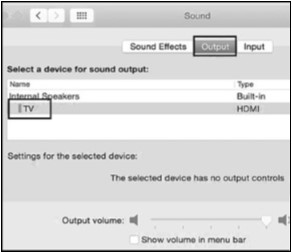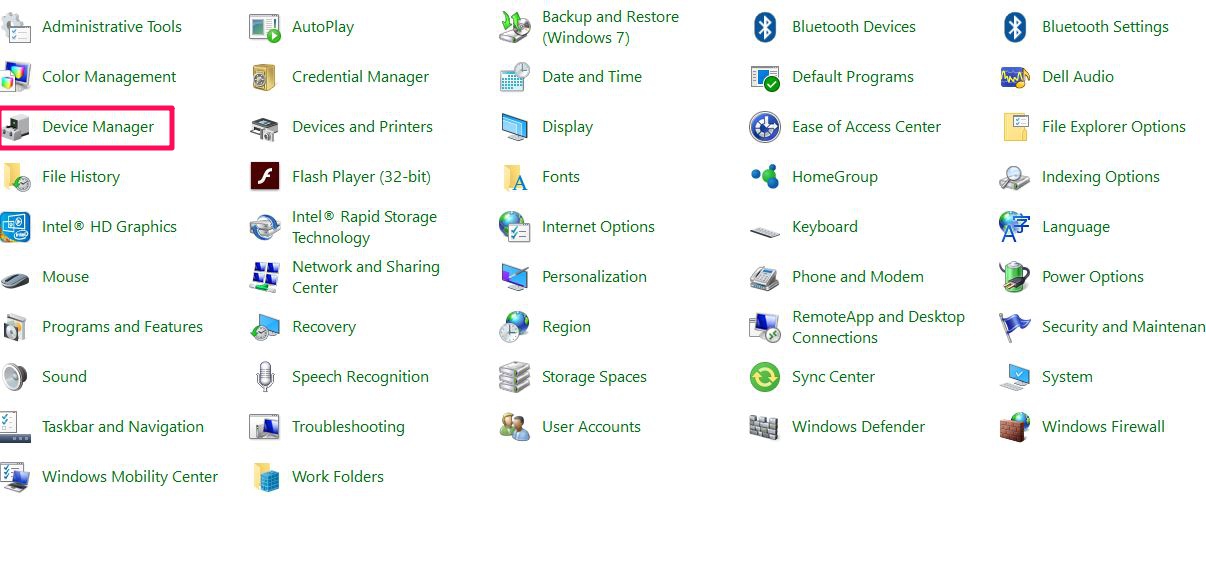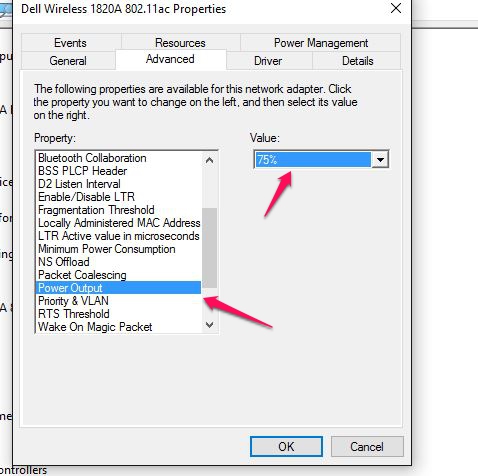System requirement
Not all USB-C ports support all features of USB-C. Some computers and smartphones only support data over USB-C for external storage such as flash drives while some devices support video and charging over USB-C. Check the below article about the USB-C port capability. If you are not sure, please consult the manufacturer for this information.
http://kb.cablematters.com/index.php?View=entry&EntryID=86
Symptom: The multiport adapter is not functioning properly. Symptoms include no video, flickering video, and an unstable USB peripheral connection.
Solution:
For Chromebooks, please update the ChromeOS to the latest version. To do so, go to 'Settings' -> About Chome OS, and click 'Check for updates'
For Laptops with Thunderbolt 3 and running Windows, please update BIOS, Thunderbolt 3 firmware, Thunderbolt 3 driver, and Intel Graphics Driver from the manufacturer website. For more details, refer to articles below:
BIOS, Firmware and Driver Updates
Symptom: The adapter is not recognized / one or more ports are not functional
Unplug all cables and peripherals, restart the computer, and then reconnect everything. Check device specifications to see if USB-C alternate mode is supported. If not, video ports will not work, but USB and Ethernet may.
Symptom: Computer is not charging or charges at a reduced speed
This multiport adapter can pass up to 60 watts of power to the computer. Some computers require more than 60 watts. The power may be disabled through USB-C or charge at a reduced speed when 60 watts of power is provided.
Use the original AC power adapter and USB-C cable that came with your computer, when charging with this Multiport Adapter. Third-party chargers may not be fully compliant with the USB specification. They may not charge properly or potentially damage to the Multiport Adapter or your computer.
DO NOT unplug the power to the Multiport Adapter while in use. This will interrupt the signal and may cause connection issues.
Symptom: Unstable USB connection when using a peripheral such as an external hard drive
This multiport adapter can be bus-powered by the USB-C port. Some USB peripherals may require more power than the USB-C port on the computer provides. This is more likely to happen when the Multiport Adapter is operating under full load with all ports in use. In this case, connect a USB-C cable and a USB-C AC power adapter to provide additional power.
Do not daisy chain another USB hub to this adapter through USB-A ports in order to connect more USB peripherals. It may cause overload on the USB system bus or the power adapter.
Symptom: HDMI does not work at full 4K 60Hz resolution.
The hub supports HDMI 2.0 resolution up to 4K at 60Hz. You will need a 4K 60Hz rated computer and display to take advantage of HDMI 2.0 bandwidth. Some displays have multiple HDMI input and not all of them are HDMI 2.0 capable so test each HDMI input on the monitor or TV.
Symptom: Ethernet connection not recognized or stopped working in Windows.
Please refer to the article below to troubleshoot the Ethernet.
https://kb.cablematters.com/index.php?View=entry&EntryID=107
Symptom: Ethernet keeps disconnecting with certain Dell computers.
Some Dell XPS and Precision models may contain a version of internal Wi-Fi adapters that causes the Ethernet connection to disconnect over USB-C. This issue can be resolved by lowering the power output of the onboard Wi-Fi adapter.
1. Navigate to Control Panel > Device Manager
2. Select Network adapters. Right-click on the Dell wireless adapter.
3. Select Properties. Click on the Advanced tab. Select Power Output and select 75%.
4. Disconnect the cables and Multiport Adapter, restart the computer, and reconnect everything.
Symptom: Audio is not transmitted to monitor through HDMI
Some monitors do not have built-in speakers. Therefore, audio must be transmitted separately. If audio is supported, please follow the steps below to select the correct playback device:
ChromeOS:
1) Open the 'Sound' menu by clicking the taskbar
2) Click the headphone icon
3) Select HDMI as the output device
Windows:
1) Open the 'Sound' menu by searching or right clicking the sound icon on the taskbar
2) In the Playback Tab, select the display with HDMI
3) Click Set Default
4) Click OK to save the settings

macOS:
1) Open the Apple Menu and go to System Preferences
2) Click the Sound icon
3) Click the Output tab
4) Select the display with HDMI

For more information about our USB-C products including drivers and user manuals, please visit the USB-C page on our website






